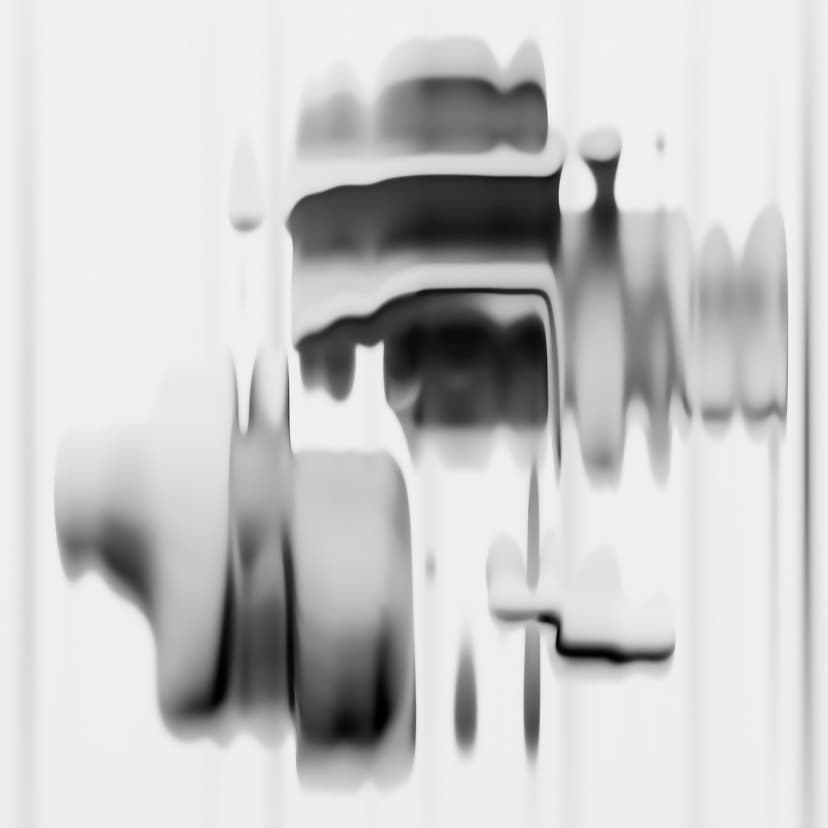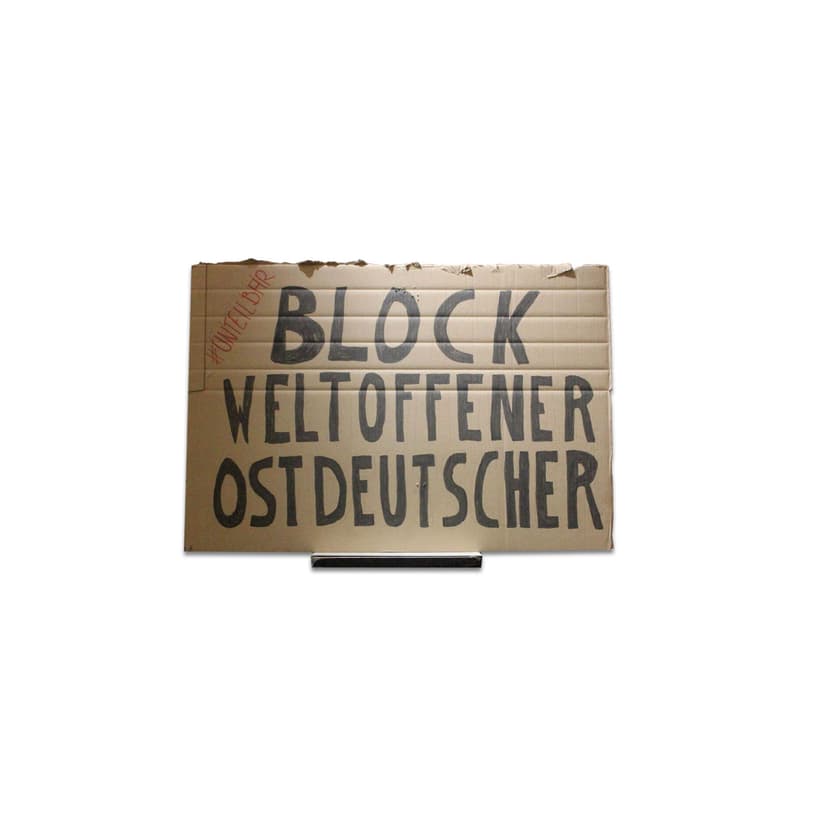Dear Miss Sa Pa. Your eyes. Is that how one begins a letter? I want to write to you because you have become a part of my life. Perhaps like this? I remember your dress. And the color of the fabric. Black. Sometimes blue. Black blue. Dark sheen. Beautiful. A memory. A gain and a loss. On December 23, 1995, I traveled with some students from the Hanoi Art Academy to Lao Cai. Later to Sa Pa. Embroideries. Beautiful handwoven fabrics. There we tried to find out how the sheen on the fabrics is created. Knowledge. Dealing with loss. Observing. Portraits.
Landscapes. The simple and hard life of Vietnam's ethnic minorities. The discontent regarding the lack of infrastructure is assuaged by rarely seen items. The girls from the mountain villages go down to the valley every day to sell something. The walk there leads through rough terrain and takes several hours. They transport what they want to sell in
Woven baskets. A wooden beam sometimes. Or maybe fabrics. Bamboo. The path. Rain. Ten kilometers or more. It's not easy to estimate. What is a kilometer? What are shoes? How cold is it? I saw a younger girl walk down into the valley after sunrise. No. I saw that she was already down there in the morning. It just sounds nicer if I say: after sunrise. I don't notice the sunrise.
It's not a necessity I'm waiting for. When I first visited Vietnam, I was irritated by the darkness. I'm just used to there being light at night. So it's difficult. I was taught to read and write in a school. I don't even know your address. What's an address? Where do you live? In Sa Pa. Near Sa Pa. That's in northeastern Vietnam. Far. What
I wanted to be there? Being there was less necessary for me than for you. Your daily walk into the valley. I just wanted to have been there. On December 24, 1995, it rained in Sa Pa. A soggy marketplace. Brown clay. Vegetables on a piece of newspaper. Muddy. Pig skin and rain. There were fried rice lumps and loudspeaker announcements. The firewood became damp. Party slogans in a language foreign even to the ethnic minorities. The old women had
Plastic sheets draped over their shoulders. The embroidered clothing, jewelry, and handwoven scarves are popular items for foreigners. "How much?" And on the other side: "Juliihh, okay?"
It was cold. We weren't working. The students at the Hanoi Art Academy expressed their discomfort about portraying ethnic minorities. They completed the sketches, watercolors, and oil paintings of simple life required for their graduation in one night, based on the photographs I had taken in Sa Pa. Remembering. Later that evening, I bought handwoven fabric. Thirty meters. Wrong. I gave the students money and asked them to buy it for me. Western reflex. The price is lower for them. What do you need it for, they asked. For drawings, I replied. Observing. The travels. The discomfort. And the realization that art doesn't warm should lead us to consider the contexts in which it takes place. The limits of art have been reached. Necessary. Carrying water. My insights. The water. I would like to describe and paint the handwoven fabrics. The young girls need four to six hours to carry two buckets of water to the mountain villages. Water, to live. To prevent it from overflowing in the rough terrain, they place fir branches on the water's surface. This breaks the movement. Another art. Skills. What will I describe on the thirty meters of fabric that one woman made and sold under extreme conditions so that she and her family could buy food, and another woman will use it to make clothes? More dramatically: So that they can survive. The cold in the mountains is dreadful. In some mud huts, there are fire pits and warm tea. I often think about leaving. Where can we get a hot coffee? A boy shows us a blue plastic schoolbag with a UNICEF emblem. I think of the handwoven fabric. Pity and
Power. The fabric is for my drawings. The UNICEF emblem: screen print. Help. Give. Share. I remember a story about the man who divided his robe and gave it to a freezing man. Martin. Later, he was a saint. On December 24th in Sa Pa, Catholics wait for the
Midnight Mass. The host, the body of Jesus, was probably the only thing they ate that day. Jesus Christ and Saint Martin. Power of the strongest. Safe distance. Later. The thirty meters of fabric smell musty. It's not that cold in Hanoi. We talk about our work in Sapa. For the Hanoi students, visiting the mountainous regions of Vietnam was an experience of existential poverty, which they encountered like the wealth of foreigners at home.
The foreigners who always own more than they need to live. Power, pity, and excess. And their refusal to accept traditional art. And I'm expected to collect clothing for the children in Sa Pa from the foreigners in Hanoi. That will make a return visit easier for them, too. It's reassuring. I look for a room in the former factory building for the thirty meters of fabric. Made on a prehistoric-looking loom, exposed to wind and weather, I want to display it in a large, bright room so that its value is appreciated through presentation. Measured in terms of human labor, it is valuable. Handwork. Production. Losses.
Intercultural in no man's land. Only the homeless sometimes fill it. It would have been nice to grasp the fabric and, while walking through it, to see the drawings and the dates affixed to it, marking the duration of its production. And the smell. It's just that it's already over. This space no longer exists. It's no longer accessible. Existing only as an illuminated piece of paper in a museum display case. The possibilities of art are limited. Showing. November 1996. The handwoven fabric from Sa Pa also lies in a display case. I still haven't labeled it. March 2015 in Trondheim, Norway. We are working on an exhibition project.
with KIT students. Suddenly, I remember you. I also remember that old work on values. I look at the 30 meters of fabric. I wonder what I've kept it for and why. I couldn't name it. 19 years without drawings. The letter to you, "Dear Miss Sa Pa," hasn't been sent yet either. How old are you now? Do you have an address now? Absolutely. It's about time.




